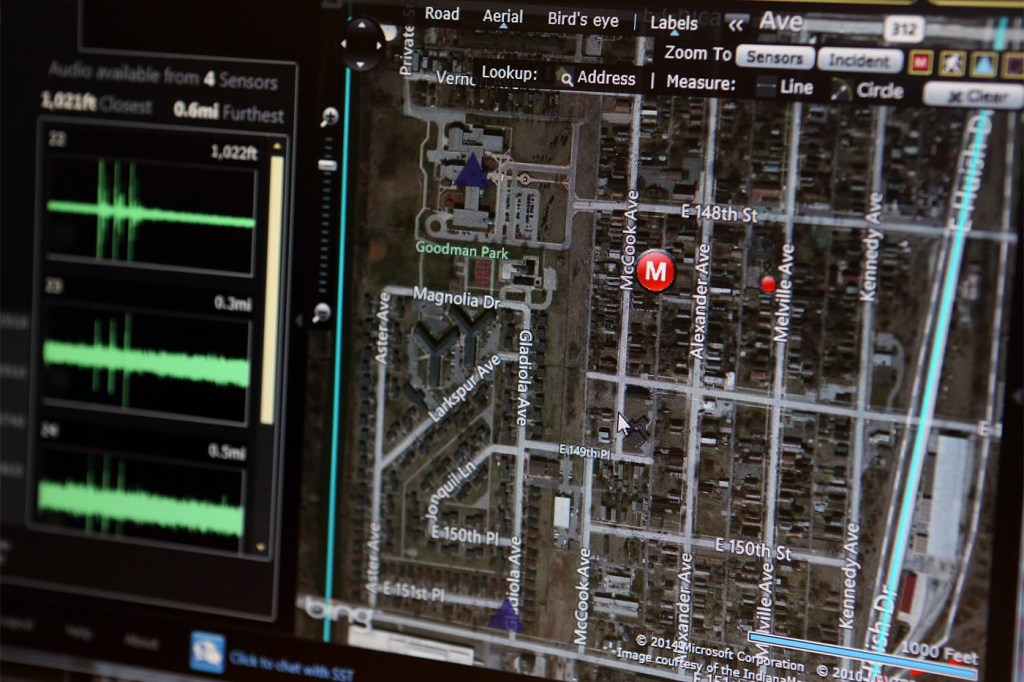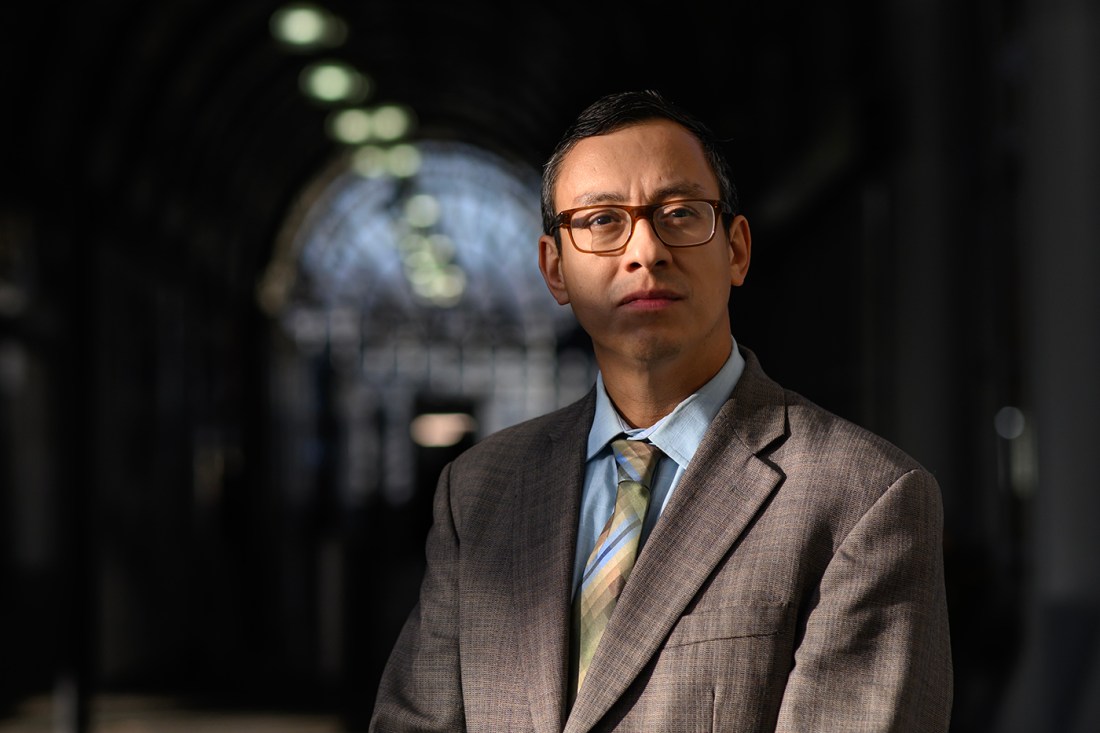ShotSpotter improves detection and response to gunfire, but doesn’t reduce crime, Northeastern research finds
“Gun violence did not reduce in either (Kansas City or Chicago) following the introduction of ShotSpotter, and shootings were not anymore likely to be solved in either city,” Northeastern professor Eric Piza says.

ShotSpotter gunfire detection technology has delivered as promised in terms of enabling police to quickly detect and respond to gunshots in two American cities, research from Northeastern University finds.
But the controversial technology has not translated into public safety gains, according to the research titled, “The Impact of Gunshot Detection Technology on Gun Violence in Kansas City and Chicago: A Multi-pronged Evaluation.”
“It’s quicker at detecting gunshots and gets officers on the scene quicker,” says Eric Piza, professor of criminology and criminal justice and director of Crime Analysis Initiatives at Northeastern.
“However, we found that none of those procedural benefits translated to any public safety gains,” Piza continues. “Gun violence did not reduce in either (Kansas City or Chicago) following the introduction of ShotSpotter, and shootings were not anymore likely to be solved in either city following the introduction of ShotSpotter.”

ShotSpotter is gunfire detection technology that uses a network of acoustic sensors to pick up sounds of gunfire, verifies and maps them, alerting 911 dispatchers from the local police department of the location, number of shots and general caliber of the gun used. It is used in more than 160 American cities.
The system is controversial, however.
Leaked data on sensor locations revealed they were predominantly placed in low-income communities of color, and advocates have raised concerns that they result in over-policing of these communities.
Featured Posts
This month, U.S. Sens. Elizabeth Warren and Edward Markey and U.S. Rep. Ayanna Pressley, all of Massachusetts, requested a federal investigation into the use of federal money for ShotSpotter.
“The study target areas do have a higher percentage of non-white residents, and the target areas have a higher percentage of people living under the poverty line compared to the overall cities — both in Chicago and Kansas City,” Piza says. “But also, to be frank, both of the target areas suffer from disproportionate crime levels.”
He notes, for instance, that the 3.5 square miles covered by ShotSpotter in Kansas City represents a little over 1% of the city’s geography but includes about 20% of the city’s shootings.
Piza says his study started in 2019 at the request of the Kansas City Police Department, which was deciding whether to expand its ShotSpotter system. Chicago later asked to be included in the study, Piza added.
Kansas City and Chicago both installed ShotSpotter systems in 2012. Kansas City installed it over the 3.5-square-mile area; Chicago installed it over 3 square miles initially, then — between February 2017 and May 2019 — expanded the system to 22 additional police districts, leading to approximately 100 square miles of coverage. The system costs between $227,500 and $315,000 per year in Kansas City and between $8.8 million and $12.3 million per year in Chicago, according to the study.
The study analyzed 11,517 gunfire incidents in Kansas City through the end of 2019. It detected 85,572 incidents in Chicago between Feb. 6, 2017, and the end of 2019.
Piza breaks the findings of the study into two categories: procedural (or response) outcomes and public safety outcomes.
In Kansas City, ShotsSpotter alerts came in 93 seconds before the average 911 call. ShotSpotter alerts were about 300 feet closer to the shooting scene than the address reported by 911 calls.
In both Kansas City and Chicago, the study “found that there were a number of benefits provided to the response to the gunfire incidents,” Piza says.
Police stayed at the crime scene longer on ShotSpotter alerts compared to 911 calls reporting sounds of gunshots, for example. Moreover, ballistic evidence — bullet shell casings, bullet fragments, projectiles — were collected more often in the ShotSpotter target areas compared to the control area.
“All of that I take to communicate that the software does what the vendor promises,” Piza says.
But Piza says the “big picture outcomes,” or public safety impacts, revealed no gains.
“Gun violence isn’t being meaningfully prevented in ShotSpotter areas compared to other areas of the cities, and shootings are not being solved at any of a higher rate in the ShotSpotter areas compared to the control areas,” Piza says.
As for the controversy over the technology, Piza says that Kansas City has — for the time being — decided not to expand its ShotSpotter coverage area. Chicago is debating whether to cancel its contract with SoundThinking, the company behind the system.










